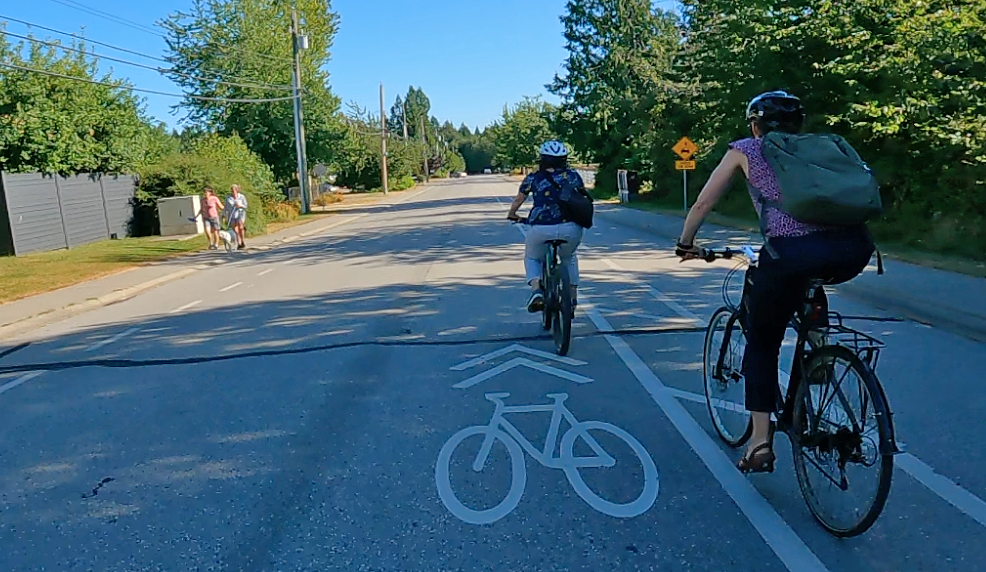This opinion piece was published on Castanet.
While we were all distracted by escalators and teleprompters at the UN General Assembly something far more important happened: Canada joined other governments at the UN High-Level Meeting to set a new vision to address the global threat of non-communicable (or chronic) disease.
At the gathering, World Health Organization director general Dr. Tedros Adhanom Ghebreyesus urged “all countries to increase investment in promoting health and preventing disease.” He said, “We must remember that health does not start in clinics and hospitals, it starts in homes, schools, streets and workplaces…”
As British Columbians grapple with a faltering healthcare system and eye-watering budget deficit, we must reduce the burden on clinics and hospitals – and that means doing everything we can to prevent chronic disease.
In B.C., more than 60% of people were diagnosed with at least one chronic condition in 2023, a figure that has nearly doubled over the past two decades. Chronic diseases – including heart disease, cancer, diabetes and asthma – account for 80% of the combined Medical Services Plan, PharmaCare and acute care budgets in B.C.
With eyes on the provincial deficit, this is a crucial moment to think strategically about health spending. Annually, the estimated economic burden in B.C. from the modifiable (preventable) risk factors for chronic disease – tobacco smoking, alcohol use, physical inactivity and low fruit and vegetable consumption – is a staggering $7.8 billion. The good news, however, is that 50% to 80% of chronic disease can be prevented through health-promoting programs and environments.
As fiscal pressure mounts, other provinces are realizing that investing in prevention pays off. Just weeks ago, Quebec’s government announced a $15 million investment in a new health prevention strategy for 2025-2026, and this is on top of their recreation and sports infrastructure fund, which has a budget of $294 million. The aim is to reduce the impact of chronic disease, premature mortality, and tobacco dependence, and to boost health screenings and physical activity – with a focus on low-income communities, who are at higher risk for chronic disease.
Quebec estimates that every $1 invested will save the health-care system $14 – a tremendous return.
The B.C. government, in partnership with community-based organizations and other stakeholders, can create conditions for improved health outcomes. Reducing poverty and increasing food security, social connection, and physical activity are all important levers to decrease chronic disease and promote overall wellbeing.
Investing in prevention can help protect our healthcare system as demographics shift. Notably, B.C. has a significant senior population that is expected to make up 25% of the total population by 2041. This is a reality our current health-care system simply cannot weather, and our seniors deserve the supports to maintain their independence, social connections, and well-being.
In responding to today’s crises, we must ensure that budget cuts don’t sever the safety net that protects our health. Instead, let’s respond to the World Health Organization’s call by investing in health and well-being. Every $1 invested will save our health-care system $14 and help protect our greatest asset – health – for all British Columbians.
Rita Koutsodimos is Executive Director, B.C. Alliance for Healthy Living (BCAHL) and Samantha Hartley-Folz is Chair, BCAHL and Vice-President of Community at the YMCA B.C.



